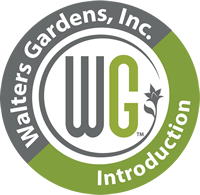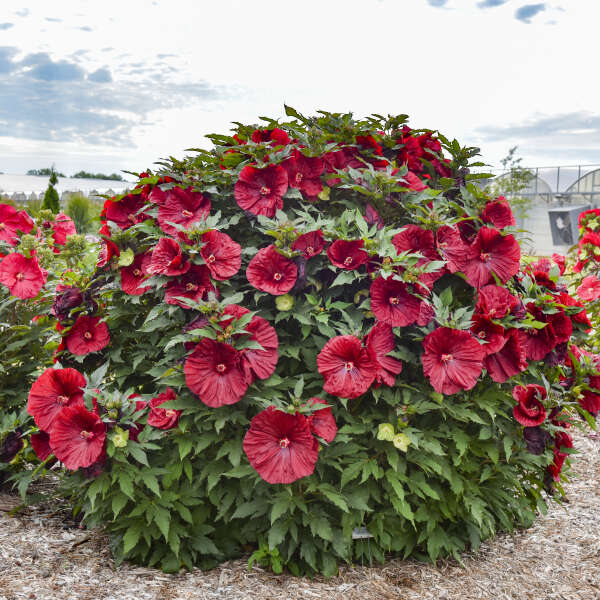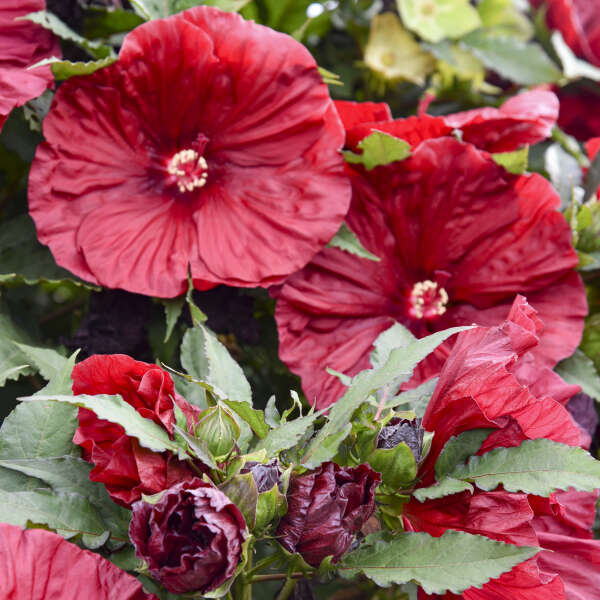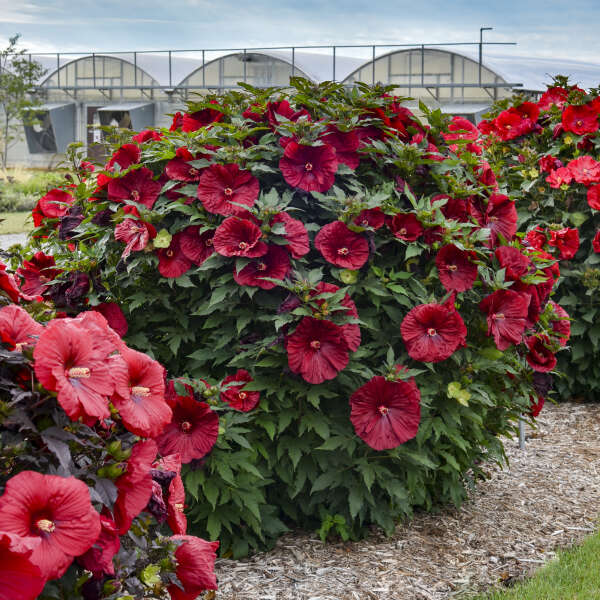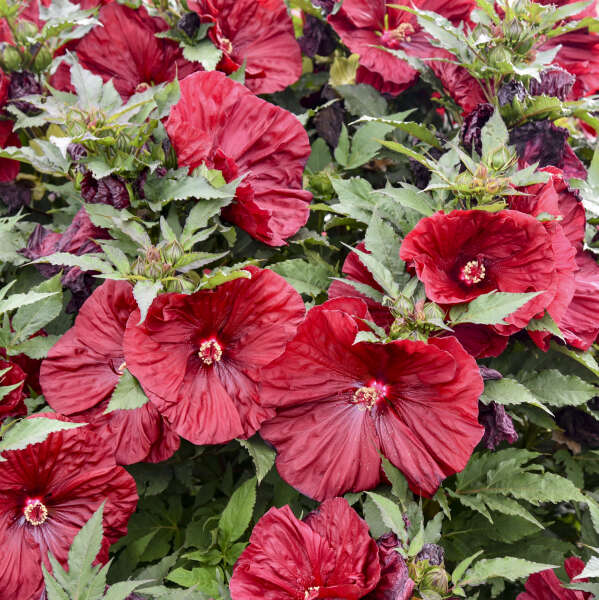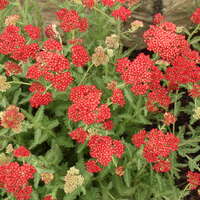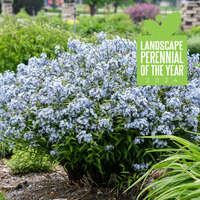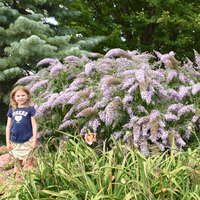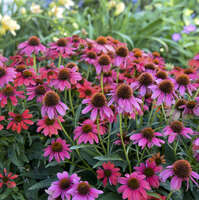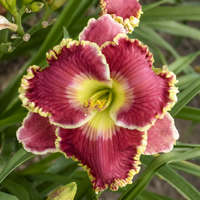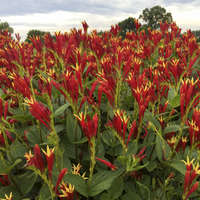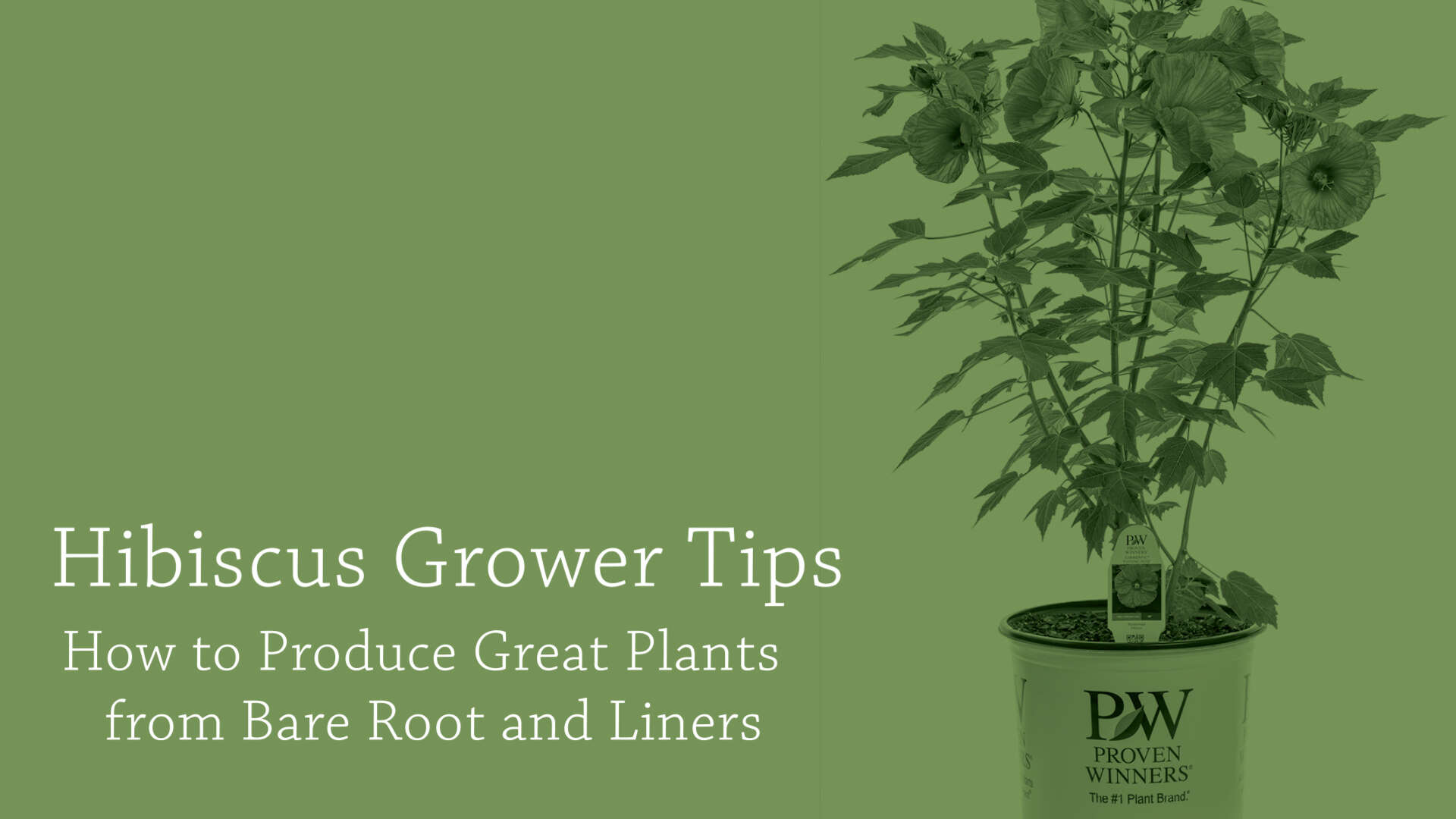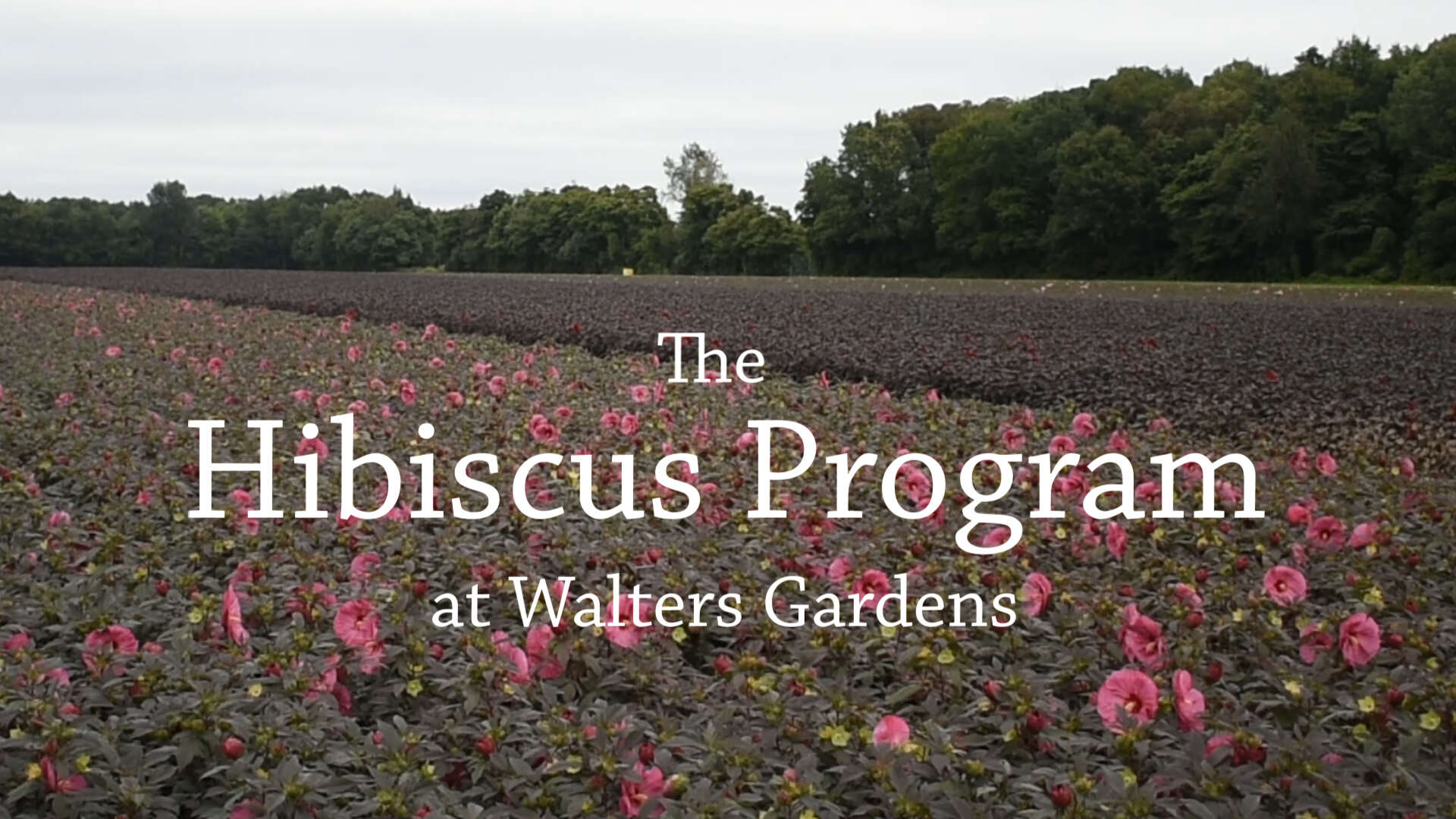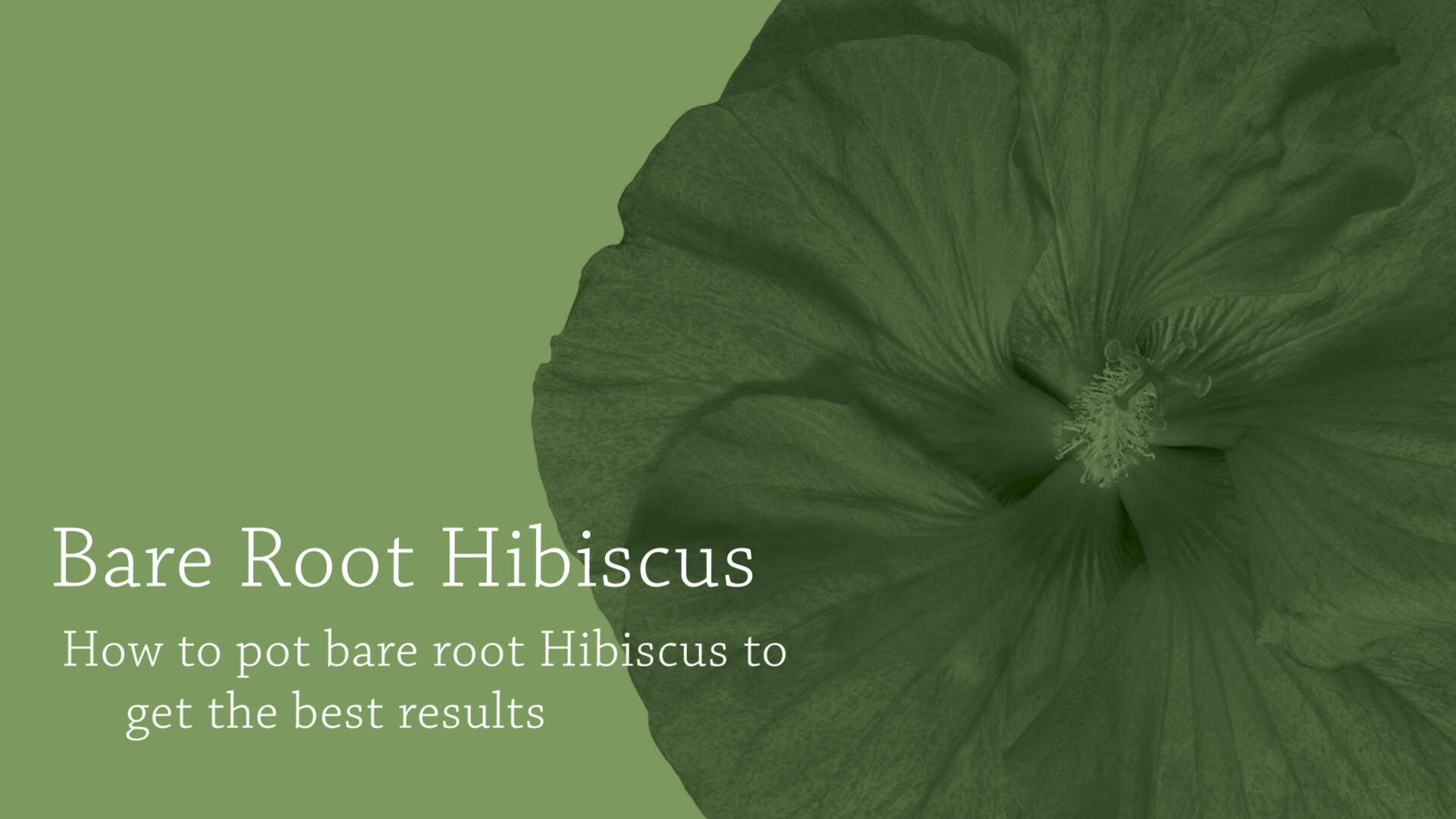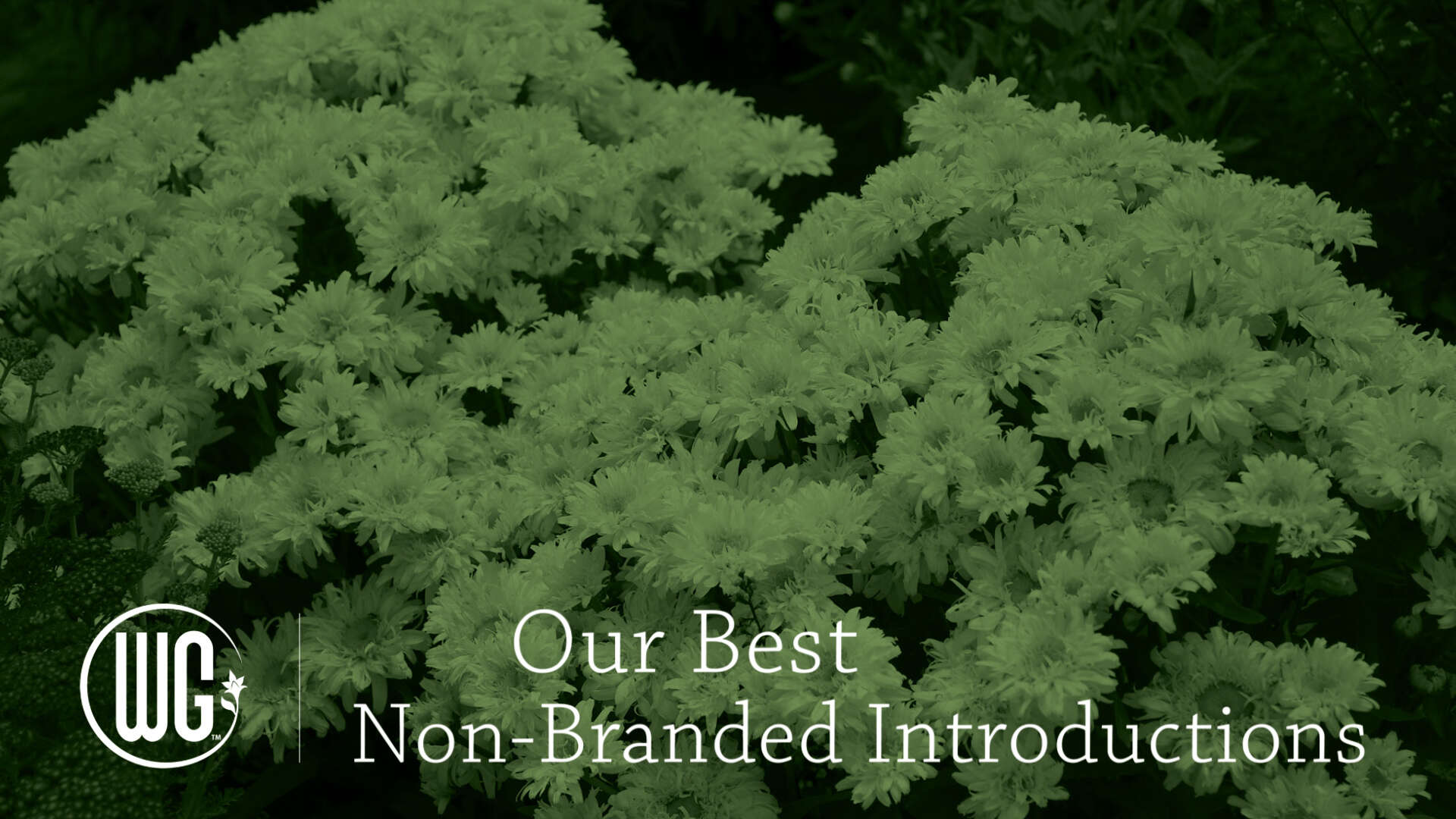Growing Temperature:
65-72° F day and night (rooting out) then warmer
Soil PH:
5.5-6.2
EC (What is EC?):
2.5-3.5 pour through method
Fertility:
Keep plants well-watered and well-fed. 150-200 ppm N will encourage vigorous growth.
Vernalization:
Not required.
Pests & Diseases:
Aphids, caterpillars, Japanese beetles, mealybugs, scale, spider mites, thrips, and whitefilies are often observed on Hibiscus.
Botrytis, Leaf spots, Alternaria and Cercospora, Myrothecium, Phytophora, Pseudomonas, and rust.
Potting & Timing:
Bareroot plants can be trimmed to a 3-4" radius to fit the pot if necessary.
72s should be planted in 1 or 2 gallon containers and bareroot will need to go into 2 or 3 gallon containers.
Hibiscus can be pinched to encourage branching. Soft pinch the shoots when they are 6-8" long, leaving 4-6 leaves on each branch. Allow at least 6 weeks from pinching until the desired bloom date.
Moisture:
Consistent soil moisture is important. Never allow the plants to wilt or lower leaf loss, bud abortion and reduced quality characteristics will result.
Moist to moderate moisture requirements.
Planting Level:
Crown should be at or just above soil level.
PGRs/Pinching:
PGRs: Spray B-Nine at 3750 ppm and Cycocel at 1000 ppm or Sumagic alone at 5-7.5 ppm. For bareroot, a drench of 0.25 Sumagic may be used on more vigorous varieties, followed up by PGR sprays as needed.
For best results begin PGR applications about 5-7 days following a pinch (look for new shoot growth first), use at 7 day intervals if additional control is needed.
Lighting:
High light is required for growth. Dark foliage varieties need direct sunlight to achieve color. It is recommended to grow these outdoors.
